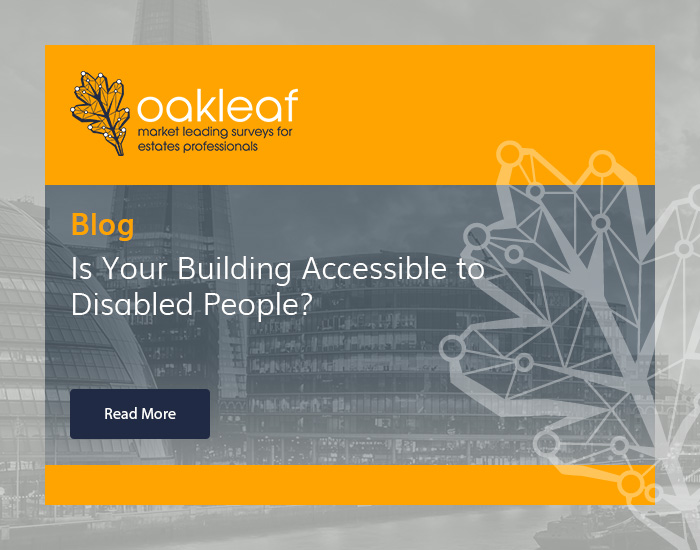One of the most important priorities for managing a building is to ensure that it complies with all required building regulations, including accessibility regulations such as the Disability Discrimination Act 1995.
Wheelchair access regulations are in place to ensure that businesses do not discriminate against the disabled and physically impaired, and buildings that do not meet the required regulations must be adapted to include features such as ramps and access doors.
To ensure that your building complies with the required accessibility regulations, conducting an audit is the best starting point. The audit should include a checklist of all details of the building that are relevant to the access standards. The following regulations should be covered:
- The Disability Discrimination Act (DDA) 1995
- BS 8300:2001 Code of Practice for the Design of Buildings and their approaches to meet the needs of Disabled People.
- The Building Regulations Approved Document Parts B, E, K, M and N.
- National Disability Council Code of Practice
- Easy Access to Historic Properties – English Heritage
- Disability Rights Commission – Code of Practice
- BS 5588 Part 8 1999 Fire Precautions in the Design & Construction of Buildings: Means of Escape for Disabled People
To provide some examples, the audit should include accessible parking, the gradients of any existing ramps, whether there are handrails, adequate lighting, accessible toilets and much more.
A comprehensive audit will include emergency evacuation procedures for disabled people, staff training and a very long checklist of specific details of the building regarding accessibility compliance.
If you do not have expertise in completing disabled access audits, you may want to get an external auditing service from Oakleaf. We have provided access audits to a wide range of types of buildings, including public organisations and private companies.
How Oakleaf helped Eton College with disabled access compliance
One of our recent clients included the prestigious Eton College, assessing their historic estate to deliver a five-year maintenance plan and 25-year strategic plan to ensure all regulations are met. As well as assessing the vast, mid to late twentieth century buildings on the estate, the audit included the surrounding road layouts and pavements. Additionally, the plans had to incorporate the Grade I and Grade II listings of the buildings.
We were entrusted to perform the audit due to our reputation in the industry for our expertise in working on critical projects with both historical and new, state of the art buildings.
If you would like to find out how Oakleaf can help you to achieve buildings compliance, these are some of the assessments included in our disabled access audit:
- External Approach
- Change in Levels
- Entrance
- Reception
- Corridors
- Ramps
- Stairs & Lifts
- WC’s, Showers & Baths
- Internal Spaces
- Signs
- Changing
- Travel Distances
- Means of Escape
- Customer Care
We provide a comprehensive report, including risk assessments to prioritise hazards, a full set of budget costs for remedial work, digital photographs to identify non-compliant items and an accessibility plan of all remedial actions required.
Contact us today to discuss how our professional surveying service can help to ensure your building complies with accessibility regulations.


 Find us on LinkedIn
Find us on LinkedIn